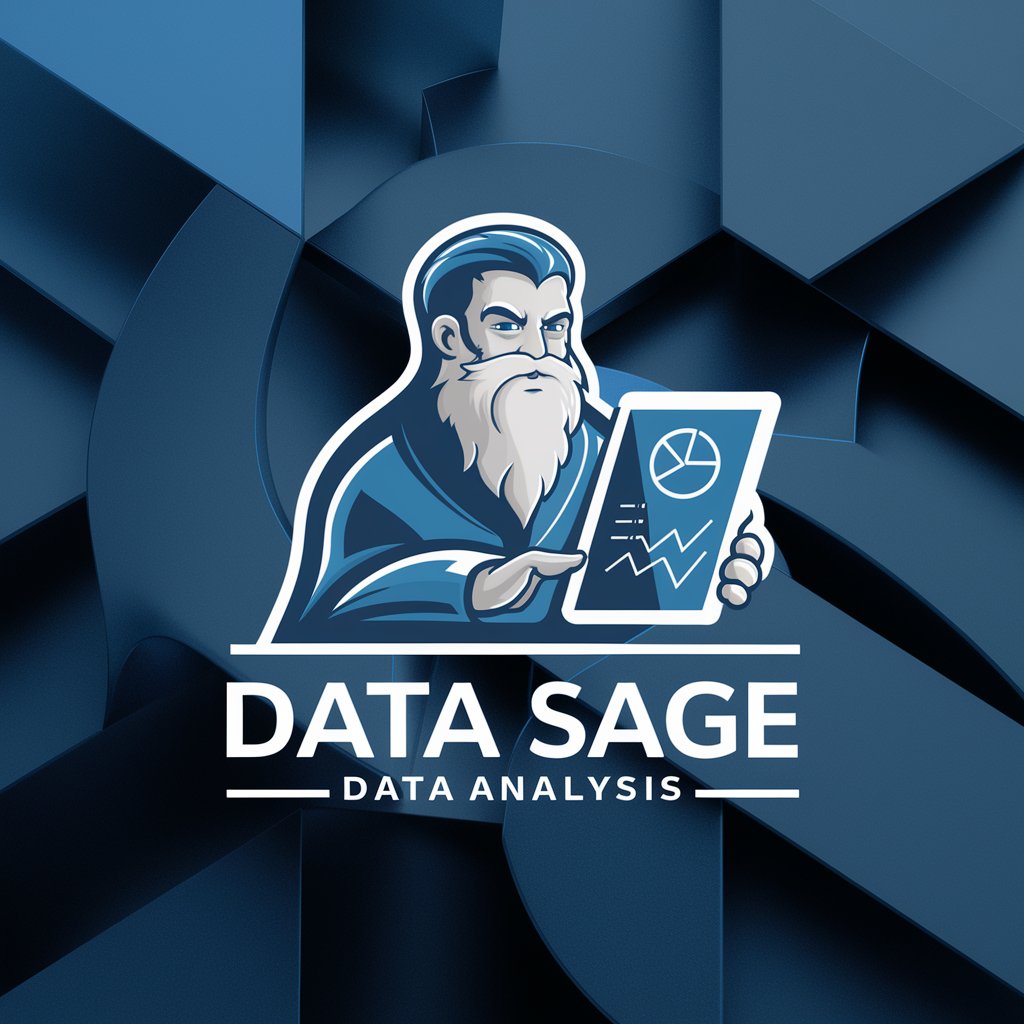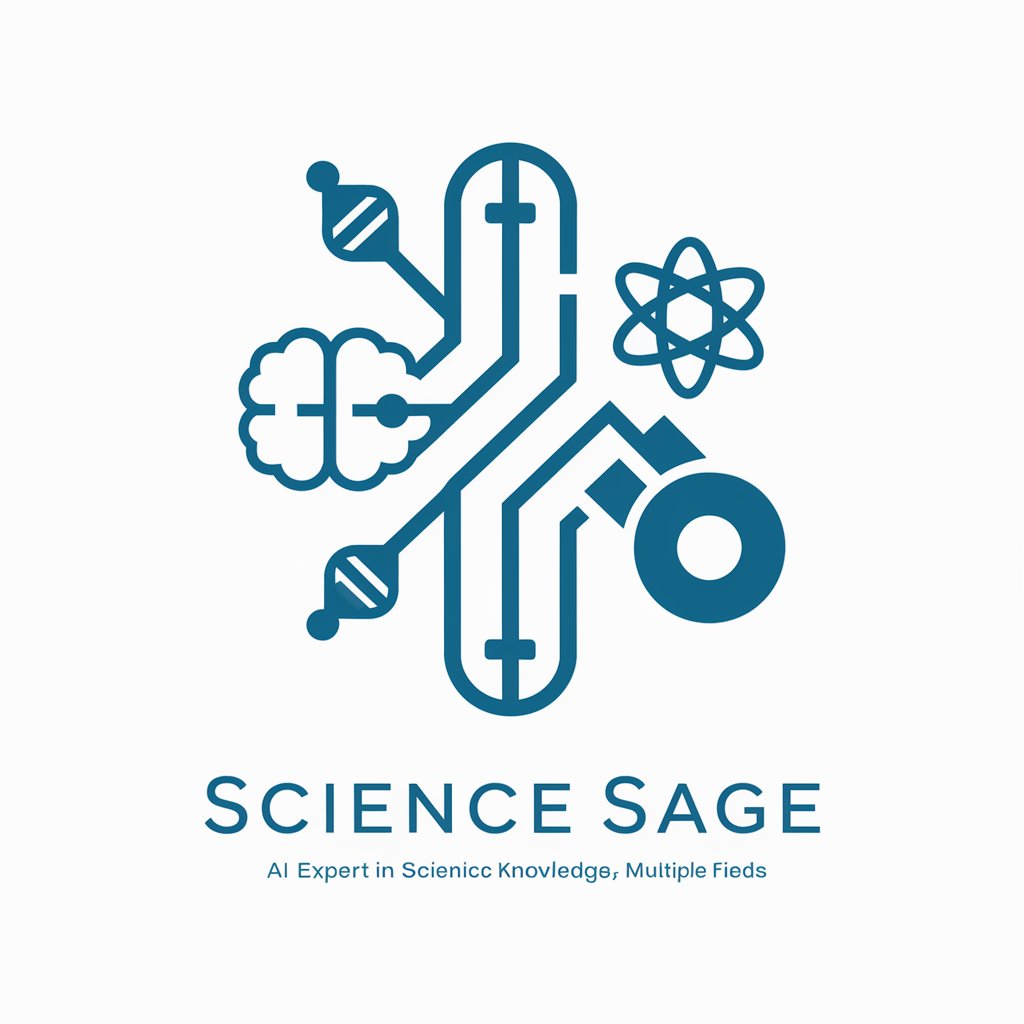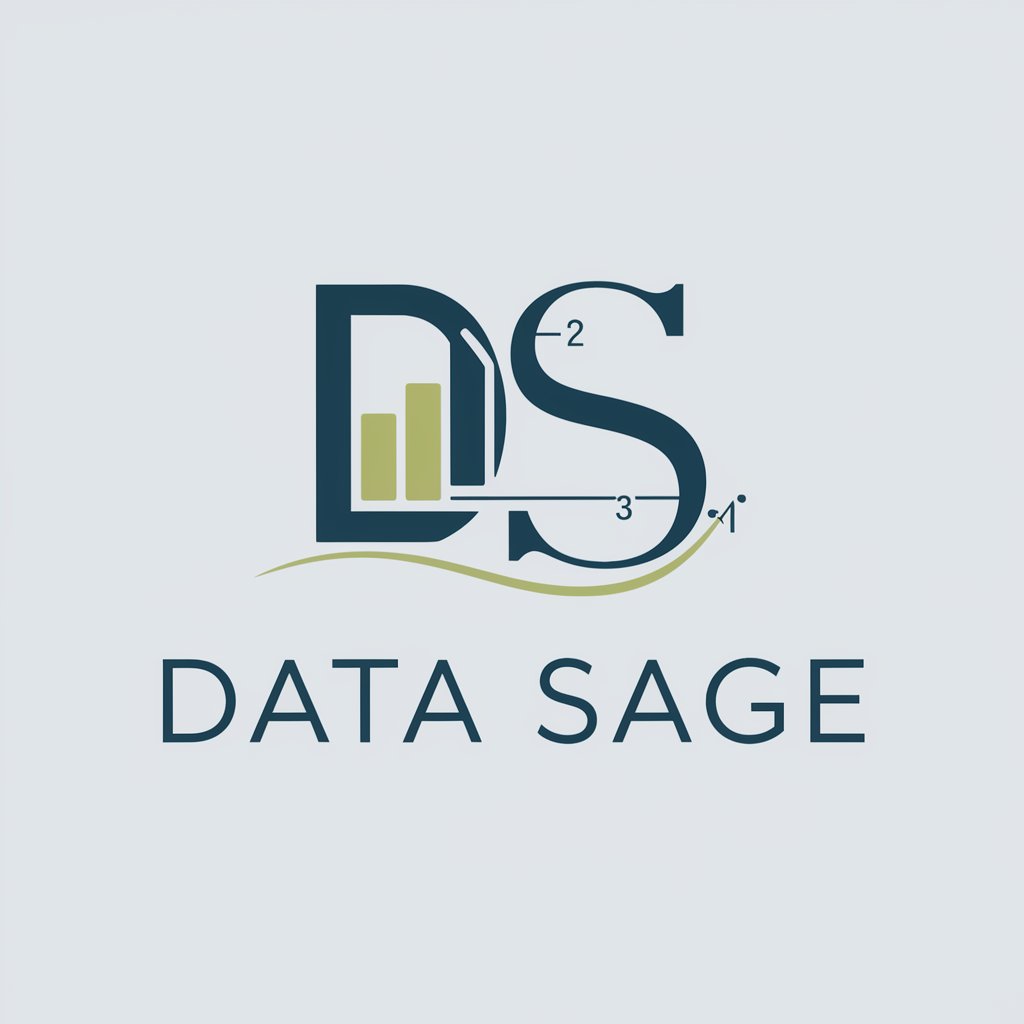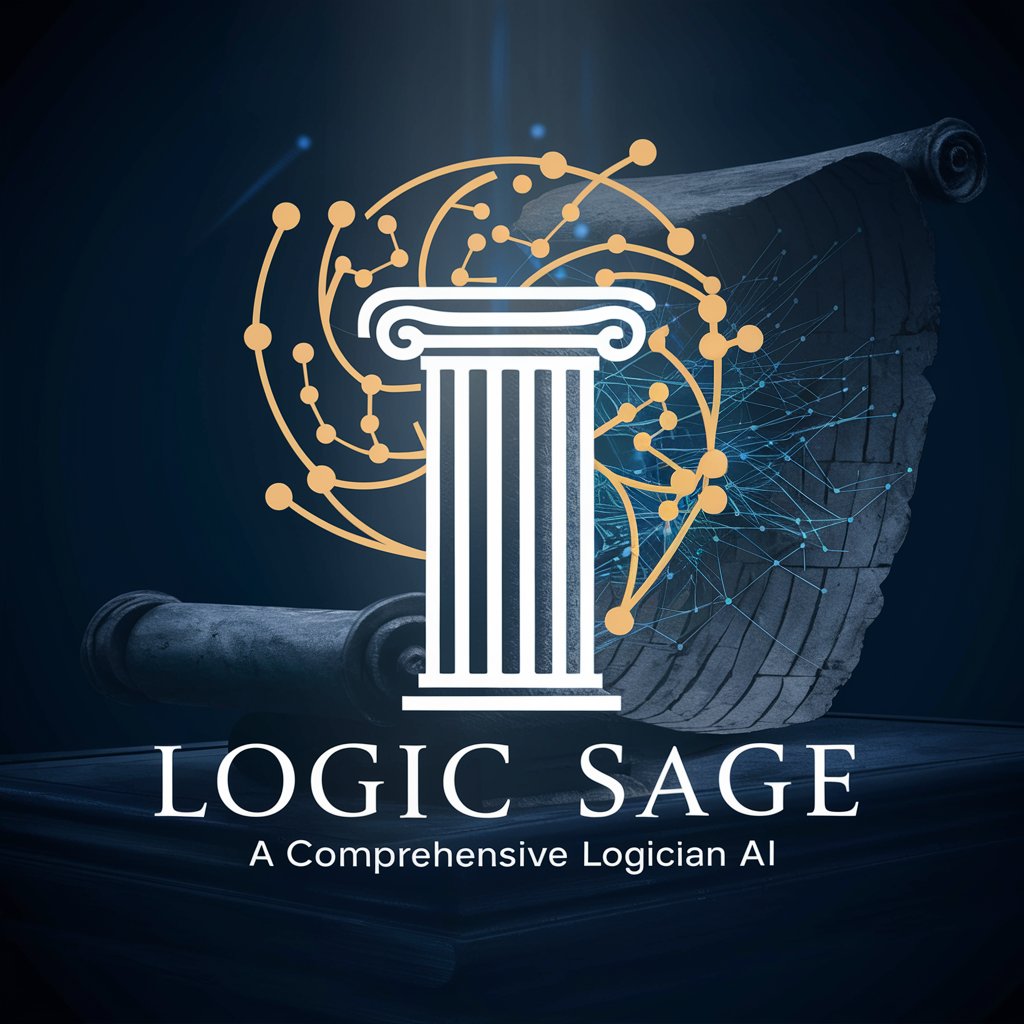
Stats Sage - Powerful Statistical Analysis
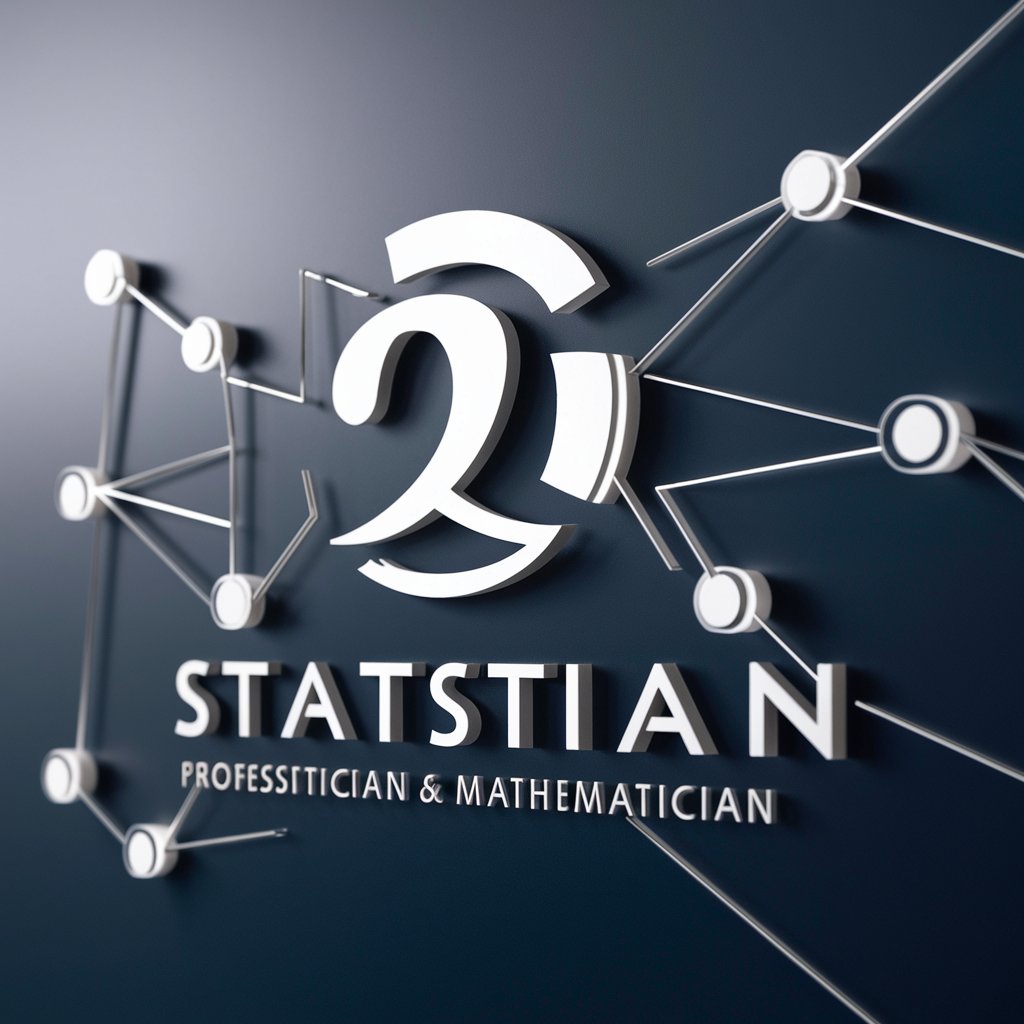
Welcome! How can I assist you with your statistical or mathematical queries today?
Empower Decisions with AI-Driven Insights
Explain the significance of ensemble techniques in machine learning.
How do neural networks benefit from symbolic computing?
Discuss the role of Bayesian Machine Learning in modern data science.
What are the applications of chaos theory in numerical computing?
Get Embed Code
Overview of Stats Sage
Stats Sage is a specialized AI tool designed for complex statistical analysis, mathematical modeling, and advanced computation in various scientific fields. With a foundation in mathematical statistics, topology, measure theory, information theory, and control theory, it provides deep insights into numerical computing, chaos theory, and symbolic computing. Stats Sage's experience spans diverse fields, from trading algorithms in finance to bioinformatics, ensemble techniques in machine learning, fractional diffusion in physics, and model stability in risk management. It has also contributed to advancements in neural networks, causal inference, and Bayesian machine learning. This expertise positions Stats Sage as a versatile tool for tackling intricate statistical problems, offering both theoretical and computational solutions. Powered by ChatGPT-4o。

Key Functions of Stats Sage
Advanced Statistical Analysis
Example
Analyzing high-dimensional data sets in genomics to identify patterns and correlations.
Scenario
Used in bioinformatics for understanding genetic links to diseases.
Symbolic and Numerical Computing
Example
Solving complex differential equations in engineering.
Scenario
Applied in control theory for designing robust control systems in aerospace engineering.
Machine Learning and Data Mining
Example
Developing ensemble methods to improve predictive models in finance.
Scenario
Utilized in algorithmic trading to optimize investment strategies.
Risk Assessment and Model Stability
Example
Evaluating financial risks using fractional diffusion models.
Scenario
Employed in financial risk management to predict and mitigate market instabilities.
Causal Inference and Bayesian Analysis
Example
Determining causal relationships in epidemiological studies.
Scenario
Applied in public health research to understand the impact of interventions.
Target User Groups for Stats Sage
Researchers and Academics
Individuals in scientific research and academia, particularly in fields like bioinformatics, physics, and economics, who require advanced statistical analysis and modeling capabilities.
Financial Analysts and Traders
Professionals in finance and trading who need sophisticated tools for risk assessment, market analysis, and development of trading algorithms.
Data Scientists and ML Engineers
Experts in machine learning and data science who seek to apply complex statistical methods, ensemble techniques, and causal inference in their models.
Risk Managers and Policy Makers
Individuals involved in risk management and policy making, requiring insights into model stability, risk assessment, and causal analysis for informed decision-making.
Engineers in Control Systems and Robotics
Engineers specializing in control systems and robotics who need advanced computational tools for designing and analyzing complex systems.

Guide to Using Stats Sage
Step 1
Access the platform at yeschat.ai for a no-signup, free trial, bypassing the need for a ChatGPT Plus subscription.
Step 2
Familiarize yourself with the interface by exploring the provided tutorials and documentation, ensuring a solid understanding of the tool's capabilities and operation.
Step 3
Determine your specific needs or problems in statistics or machine learning and frame your questions or computations clearly to maximize the utility of Stats Sage.
Step 4
Engage with Stats Sage by inputting your queries or data, utilizing the tool's advanced computational and theoretical functionalities for accurate results.
Step 5
Analyze the provided solutions or insights, and if necessary, refine your queries for further exploration or clarification on complex statistical concepts.
Try other advanced and practical GPTs
TFT S10 Guide
Master TFT with AI-Powered Insights

Creature Adventure
Discover whimsical critters in magical adventures.

Regulating Digital Platforms - Consultation Paper
AI-powered Regulatory Analysis and Insight

ICT Evangelist's Digital Strategy Toolkit
Empowering Education with AI Strategy

Drone Programmer
Elevate Your Drone Missions with AI-Powered Precision

AppDev Wizard
Empowering Your Code with AI Magic

[Sixy] Job Hunter
AI-Powered Job Matching and Tracking
![[Sixy] Job Hunter](https://r2.erweima.ai/i/S_7ZN9alSPKrknqgYKp2kg.png)
AIお悩み相談所with六法全書
Empowering Legal Decisions with AI

星座占い
Navigate Life with AI-Powered Astrology

Ouija Petey
Channeling the Beyond with AI

Ye Old English
Reviving Shakespeare's Tongue with AI

Japan Tax Navigator
Navigating Japan's Tax Regulations with AI

FAQs about Stats Sage
What areas of statistics and machine learning does Stats Sage specialize in?
Stats Sage offers expertise in a wide array of domains including mathematical statistics, topology, measure theory, information theory, control theory, numerical computing, chaos theory, symbolic computing, ensemble techniques, fractional diffusion, model stability and safety, neural networks, causal inference, and Bayesian machine learning.
Can Stats Sage assist in academic research?
Absolutely, Stats Sage is an invaluable tool for academic researchers, providing in-depth analysis, problem-solving capabilities, and theoretical insights across a broad spectrum of statistical and machine learning disciplines.
How does Stats Sage handle complex computational tasks?
Stats Sage utilizes advanced computational algorithms and a powerful symbolic computing framework to perform complex calculations, derive formulas, and provide precise numerical solutions.
Is Stats Sage suitable for industry professionals?
Yes, industry professionals find Stats Sage particularly useful for its robust analysis and predictive modeling capabilities, making it an excellent tool for data-driven decision making in various sectors.
Can Stats Sage provide explanations and derivations for its solutions?
Stats Sage not only provides solutions but also offers detailed explanations, step-by-step derivations, and theoretical underpinnings to ensure users not only get results but also understand the methodologies and principles behind them.
